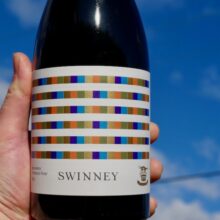
Product information
Swinney Mourvèdre 2021
$48
Description
Mouvèdre is more often seen as a blending component offering a superb perfume of violets and flowers, structured tannins yet not necessarily the overt fruit making it a perfect fit in a Grenache Shiraz Mouvèdre. Although I didn’t get to try this wine the 2021 Swinney Mouvèdre demonstrated why a stand-alone version from this Frankland River version works. Australian wine often has opulent sweet fruit that needs taming, in this instance the fruit gives their Mouvèdre the missing link to making a complete wine from a 100% varietal version without going over the top. Hopefully I’ll try a glass of the Farvie soon!
It’s dark and savoury, with fragrant perfume and violets. Framed with fine, layered grape tannins. Earthy, again the hallmark Swinney élévage showing a little truffle. Lovely flow and gentle taper to finish. It draws you in!
2021 is the first vintage in which Swinney has bottled a varietal Mourvèdre, and personally, I couldn’t be happier. Mourvèdre has the potential to be an elegant, seductive variety—in the right hands, of course. So, here we have the 2021 Mourvèdre. The nose leads with a tart cherry character. It was made with 22% whole bunches in the ferment. It’s a style call, but this has to be one of the most gorgeous varietal Mourvèdres in the country. Drinkability is high—the wine has minerality, focus, poise, precision and clarity. It has Mourvèdre tannins without being pushy or intrusive. Curiously, there’s pink grapefruit on the nose (both fresh and attractive), and there is a broodiness and clarity. This has fine tannin and is so lovely. I’ve been waiting for them to do a straight Mourvèdre for years. And here it is.
Erin Larkin, The Wine Advocate 96 points
In stock
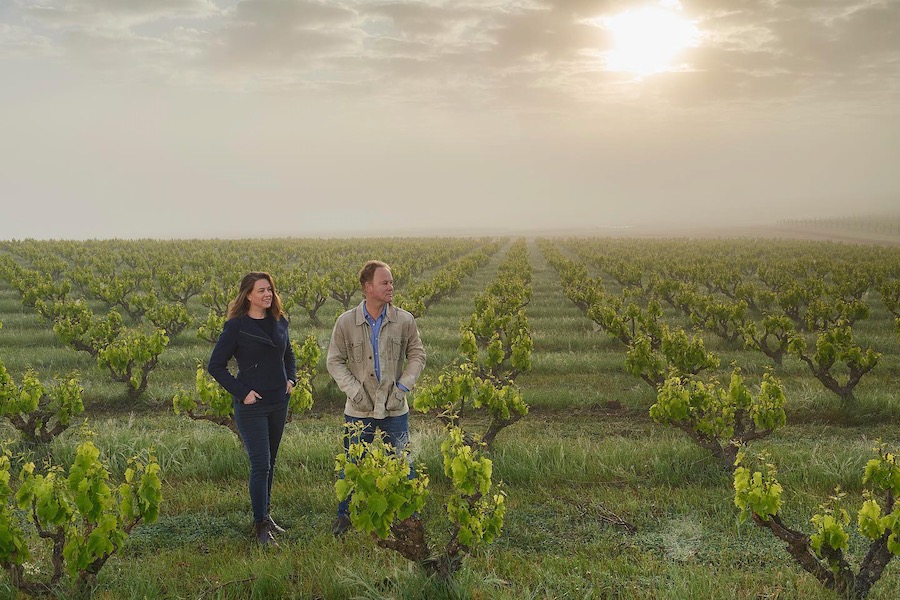
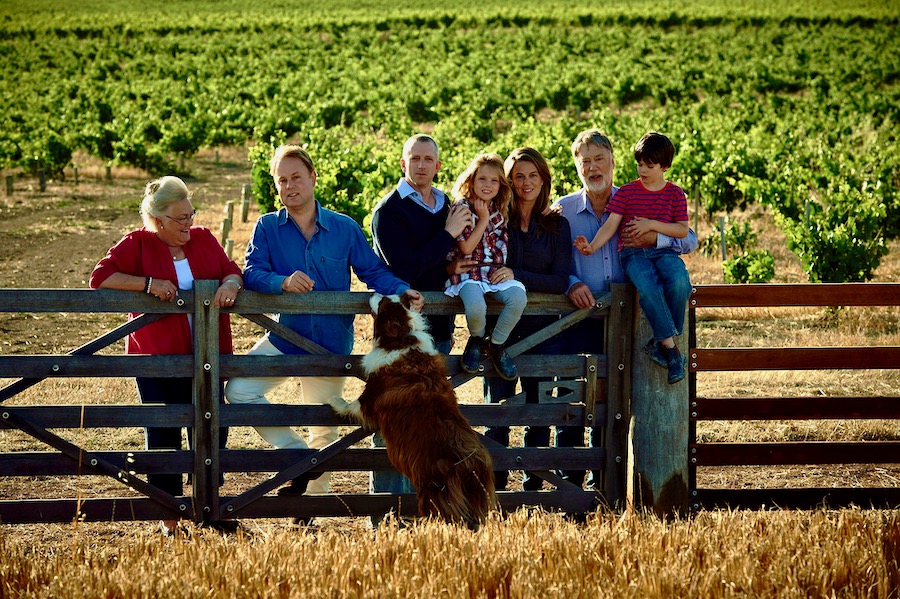
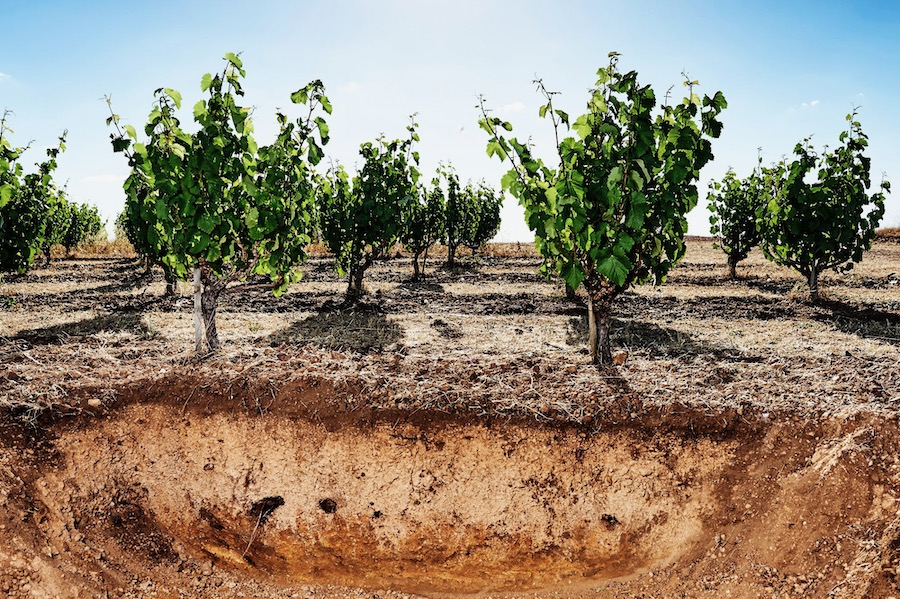
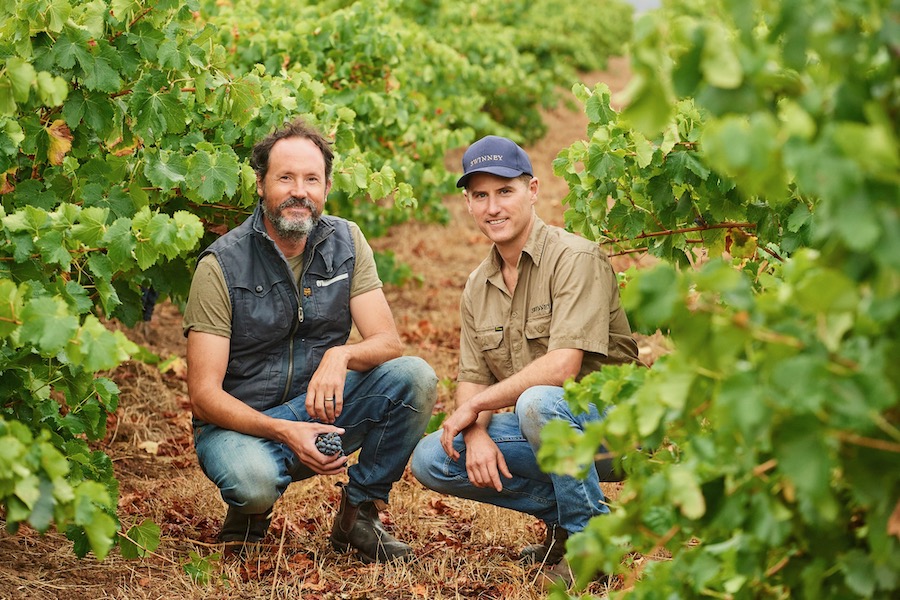
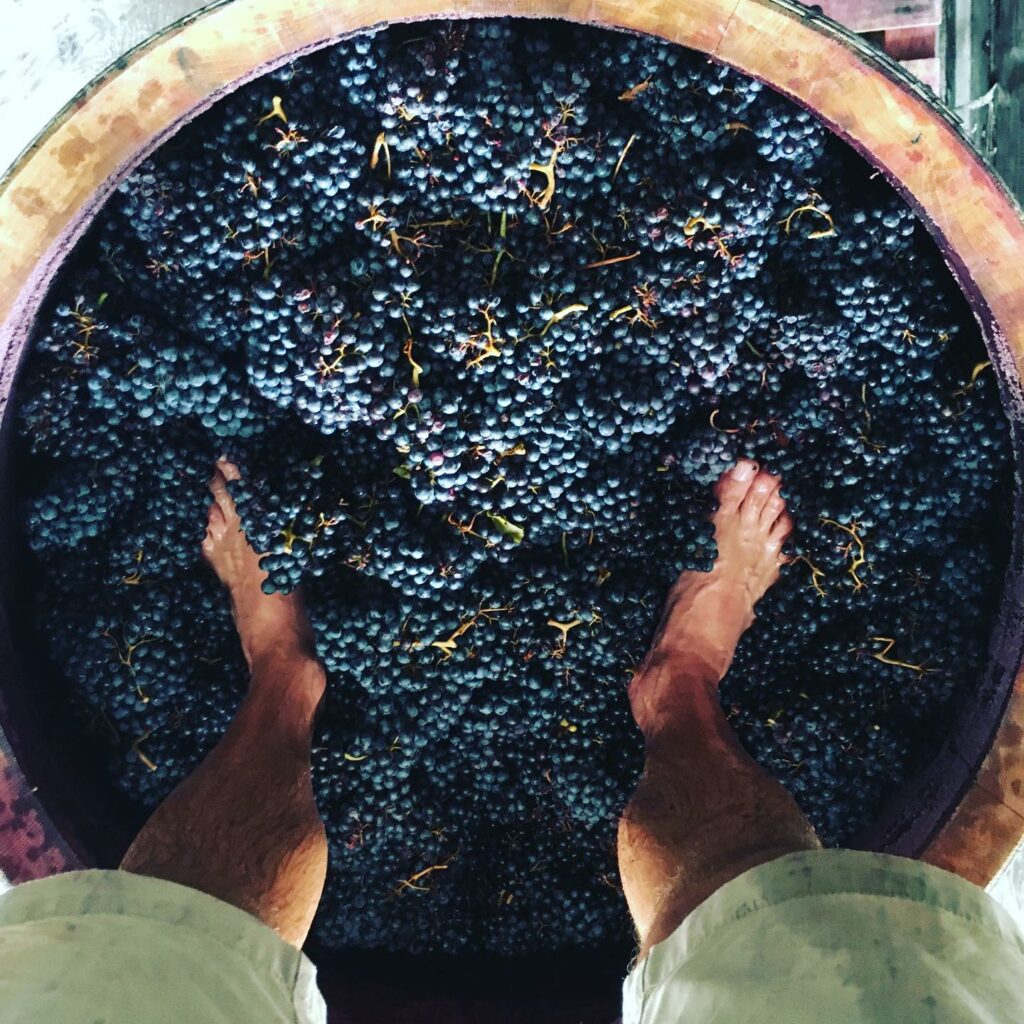
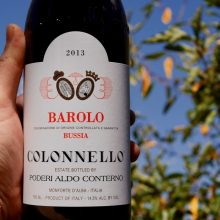
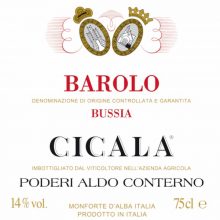
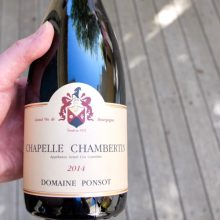
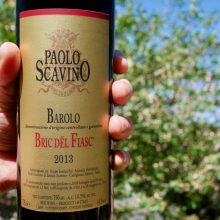
You must be logged in to post a comment.